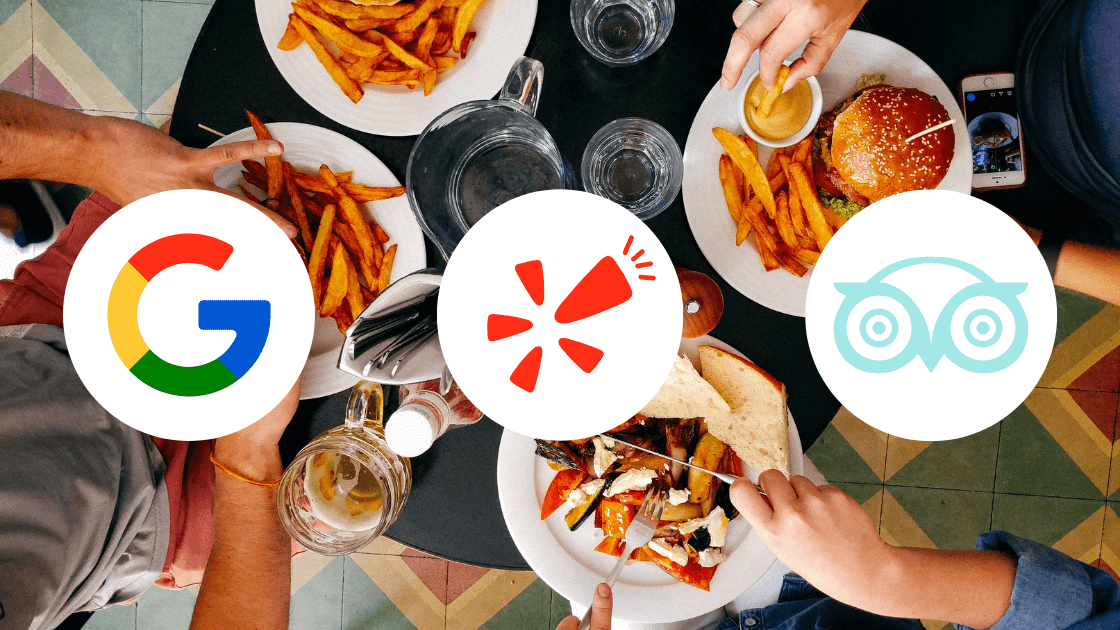When I moved to the United States from Thailand, one of the first questions humans constantly asked me turned into: “What’s the maximum actual Thai eating place you’ve determined here?” To be truthful, I had the same question myself. The first time I ordered a plate of pad thai, I was appalled as I traveled across. S. A . touchdown in New York, after which San Francisco, I looked for restaurants that supplied the food I grew up in Northern Thailand—dishes past the standard stir-fries, noodles, and rainbow curries.
Whenever I determined an area that featured a bowl of khao soi—a rich curry noodle soup topped with preserved cabbage, crimson onions, and fried noodles—sticky rice, or more than one kind of papaya salad on the menu, I’d sense exhilarated. If the wait team of workers delivered a small rack of condiments with sugar, fish sauce, chili flakes, and vinegar—elements you’d discover at the tables of most eating places in Thailand—I’d feel nostalgia. Those had been the eating places I’d suggest to buddies.
The meals turned delicious. However, it became the info and coaching that jogged my memory of domestic. Hear educator Sara Kay communicate about the use of the phrase “real” in eating place critiques on Bite:

Still, I’ve constantly questioned whether “actual” became the right marker to consider. The term felt loaded—a function many eating places, particularly “ethnic” ones, needed to proclaim to draw customers. To whom is the word “authentic” being advertised? And who gets to decide what “actual” virtually is?
So I became struck once I studied a piece of writing in Eater via Sara Kay, a food and nutrition educator in New York, arguing that using the term “proper” on evaluation apps such as Yelp can aid a white supremacist framework. For her food research master’s thesis at New York University, Kay analyzed 20,000 Yelp critiques of New York restaurants. For each assessment, she assigned a score guided by how frequently authenticity became cited. Based on common rankings, reviewers pointed out authenticity the most while referencing Mexican and Chinese meals, Kay located, followed by Thai, Japanese, and Indian food.
Overall, she stated that reviewers used authenticity to describe cuisines from the latest and low-earnings immigrant companies. And regularly, while humans reviewed non-European eateries, she discovered, they associated the term “actual” with inexpensive attributes, like dust flooring, plastic stools, and terrible characteristics. “Service was what you’d count on in Chinatown,” one overview read. When describing cuisines from Europe, the United States, or Japan, properly regularly coupled with effective descriptions of ambiance or decor; for instance, “there are quite a few true and classic Japanese touches,” or “the waiters are so properly looking and so cute with their French accents!” “Reviews generally tend to mirror the current racism in the world,” writes Kay. Kay isn’t the primary person who points out the double popularity.
Americans place on restaurants they recall “then” c.” Kri” Hindu Ray, a professor at New York University and author of The Ethnic Restaurateur, has argued that the term is often sure with our expectancies. “If “e food is steeply-priced, then it couldn’t be actual,” Ray” advised the Washington Post. Thosee expectations and unwillingness to pay extra for ethnic cuisine, says Ray, “comm” indicates a racial or ethnic hierarchy”—one” from which immigrant cooks are an increasing number of trying to interrupt far from.
I spoke to Kay over the phone for an episode of the Bite podcast. Our herbal exchange has been edited for period and readability. Moth r Jones: How did you start your studies? Can you explain your method a little bit? Sara Kay: I studied 20,000 Yelp opinions. I selected that number because I desired to look at restaurants in New York City, mainly because that’s where I stay. That’s what I’m familiar with and had the most access to.
So, I selected the top ten most famous ethnic cuisines in New York City-based totally on Zagat ratings, plus I delivered a few that I thought were most prescient to the time, like Middle Eastern food and soul meals. I picked the top 20 eating places in this class and studied one hundred evaluations for every restaurant.
MJ: You located that “the “common Yelp assessment connotes true with traits with dust floors, plastic stools, and other customers who are white while reviewing non-European eating places. This takes place approximately eighty-five percent of the time. But while speaking approximately European cuisines, the word authentic alternatively gets associated with greater tremendous characteristics.” So “essentially, non-white, non-European cuisines are dirty and reasonably priced. But European cuisines are frequently visible positively.





